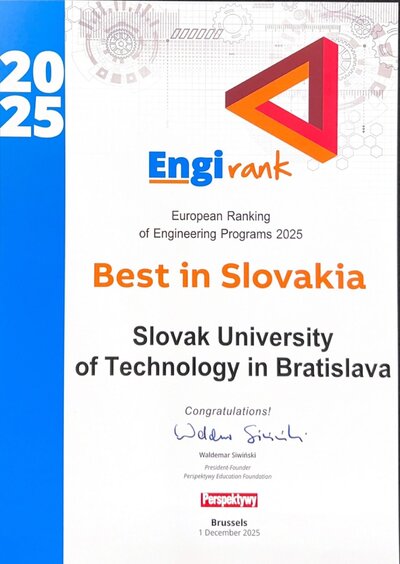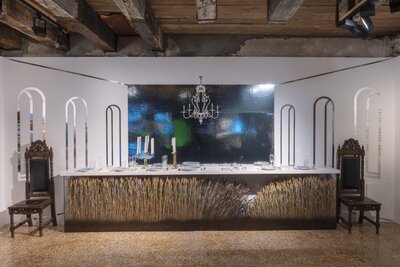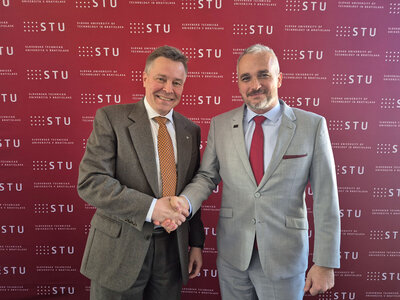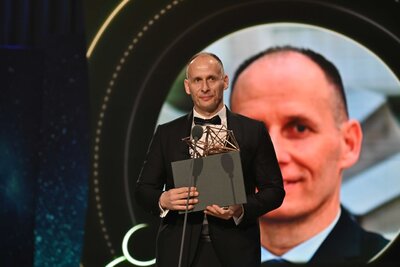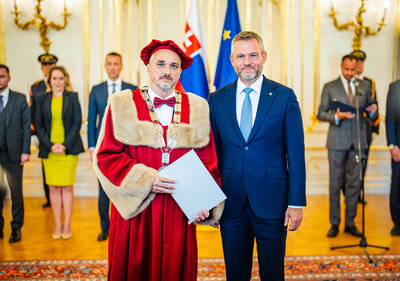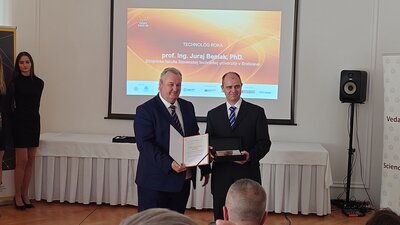 Faculty of Electrical Engineering and Information Technology
Faculty of Electrical Engineering and Information Technology
Department/Institute: Institute of Nuclear and Physical Engineering
Contact person: Ing. Stanislav Sojak, Ph.D.
Contact: +421 2 6029 1229
e-mail: stanislav.sojak@stuba.sk
Description:
PAS is non-destructive technique, used for materials testing, based on the implantation of positrons from radioactive source into the specimen and followed by measurements of annihilation characteristics. These characteristics are strongly influenced by trapping of positrons on vacancy type defects and make the PAS excellent tool for defects detection (dislocations, vacancies, vacancy clusters) in the material microstructure. PAS technique is applicable for investigation of materials during preparation/production process as well as for investigation of external conditions influence such as ageing, thermal and radiation stress, etc. Our institute uses two methods of PAS technique:
1. Positron annihilation lifetime spectroscopy (PALS): This technique measures the positron lifetime from the moment of its emission from the radioactive source to the moment of its annihilation in studied material. Positron lifetime increases due to the lower density of electrons, caused by presence of defects in the microstructure. Thanks to this effect we can characterize size and amount of the defects.
2. Coincidence Doppler Broadening Spectroscopy (CDBS): This method provides unique information about the momentum of an electron-positron pair after the annihilation process. Based on the selected parameters W and S from measured spectra, can be determined the amount of positrons which annihilated with free and bound electrons, providing information about the concentrations of vacancy type defects and chemical environment of studied materials.
Publications:
Slugeň, Vladimír - Hein, H. - Sojak, Stanislav - Veterníková, Jana - Petriska, Martin - Sabelová, Veronika - Pavúk, Milan - Hinca, Róbert - Stacho, Matúš: Evaluation of the Reactor Pressure Vessel Steels by Positron Annihilation. In: Journal of Nuclear Materials. - ISSN 0022-3115. - Vol. 442 (2013), s. 490-506.
Sojak, Stanislav - Slugeň, Vladimír - Egger, Werner - Ravelli, Luca - Petriska, Martin - Stanček, Stanislav - Sahul, Martin - Skarba, Michal - Priputen, Pavol - Stacho, Matúš - Veterníková, Jana - Hinca, Róbert - Sabelová, Veronika: PLEPS Study of Ion Implanted and Annealed Fe-11.62% Cr Alloys. In: Journal of Physics: Conference Series - Vol. 443 (2013).
Petriska, Martin - Slugeň, Vladimír - Sabelová, Veronika - Sojak, Stanislav - Veterníková, Jana: QtCDB2 Software for Coincidence Doppler Broadening Measurement System.
In: Journal of Physics: Conference Series. - Vol. 443 (2013).
Sabelová, Veronika - Petriska, Martin - Veterníková, Jana - Slugeň, Vladimír - Degmová, Jarmila - Kilpeläinen, Simo: Defect Detection in Fe-Cr Alloys with Positron Annihilation Doppler Groadening Spectroscoopy. In: Materials Science Forum. Vol. (2013) s. 270-273.
Veterníková, Jana - Degmová, Jarmila - Kilpeläinen, Simo - Slugeň, Vladimír - Tuomisto, Filip - Räisänen, Jyrki - Kršjak, Vladimír - Petriska, Martin - Sojak, Stanislav - Hinca, Róbert - Stacho, Matúš: Non-Destructive Examination of Helium Implanted HTRs Construction Materials.
In: Nuclear Engineering and Design. - ISSN 0029-5493. - Vol. 251 (2012), s. 354-359
Cooperation:
- INRNE Sofia, Bulgaria
- University of Bundeswehr, Neubiberg, Germany,
- TU Munich, Germany,
- Helsinki University of Technology, Finland,
- EC-JRC Petten, the Netherlands
- PSI Villingen, Swizerland
- Charles University Prague, Czech Republic
Photos:

Fig. 1: Set-up of the PALS in air-conditioned unit.

Fig. 2: Scintilator detectors of the PALS technique with the specimen.

Fig. 3: View on the HPGe detectors and the specimen of CDBS.

